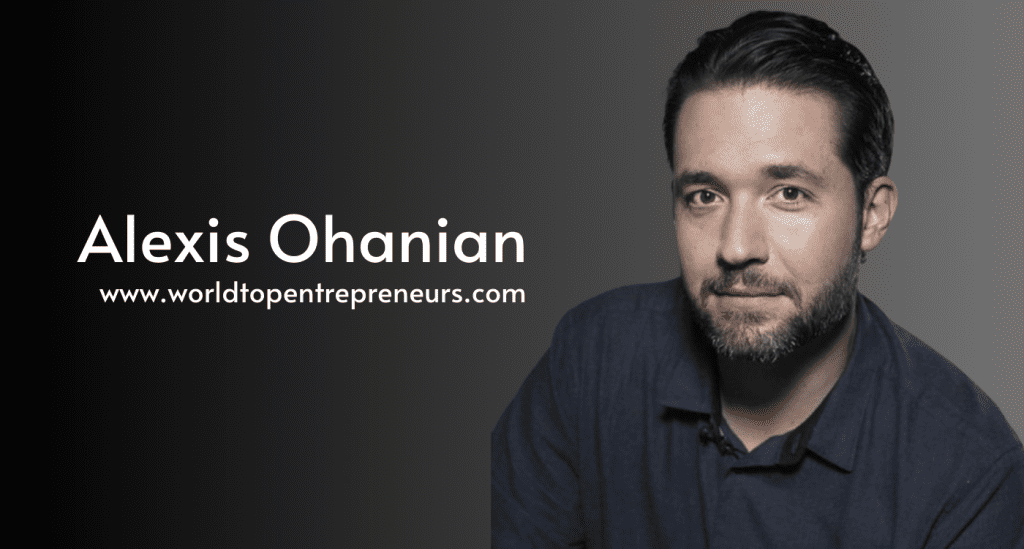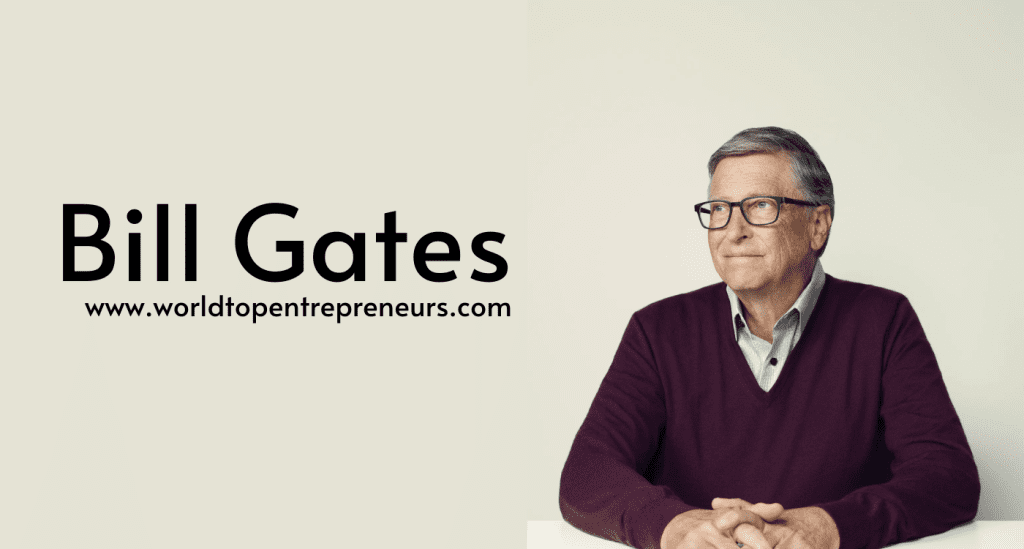Satya Nadella, the CEO of Microsoft, is one of the most influential figures in technology today. Since taking the helm at Microsoft in 2014, Nadella has steered the company through a period of remarkable transformation, reshaping its culture, business strategy, and technological focus. His journey from a young engineer in India to leading one of the world’s most prominent tech giants is a testament to his visionary leadership and deep understanding of technology’s role in society.
Early Life and Education
Satya Nadella was born on August 19, 1967, in Hyderabad, India. Growing up in a middle-class family, he was exposed to the wonders of technology early on. His father, Bukkapuram Nadella Yugandhar, was a civil servant, and his mother, Prabhavati, was a Sanskrit lecturer. Nadella’s early experiences in India were marked by a strong emphasis on education and a fascination with computers.
He pursued his undergraduate studies in Electrical Engineering at Manipal Institute of Technology, where he developed a keen interest in computer science. This passion for technology led him to the United States, where he earned a Master’s degree in Computer Science from the University of Wisconsin-Milwaukee. Nadella’s academic journey was marked by a blend of rigorous technical training and a broad understanding of how technology could impact various aspects of life and business.
The Microsoft Journey
Satya Nadella joined Microsoft in 1992, starting his career as a young engineer. His early years at the company were characterized by a series of challenging and high-impact roles. Nadella’s contributions to Microsoft’s cloud computing strategy were particularly notable. He played a pivotal role in the development of the company’s cloud infrastructure, which later became the foundation for Azure, Microsoft’s cloud computing service.
Nadella’s approach was always centered around understanding customer needs and leveraging technology to address those needs. His work on cloud computing and enterprise services showcased his ability to anticipate market trends and adapt to technological advancements. This forward-thinking mindset would later become a cornerstone of his leadership style as CEO.
In 2011, Nadella was appointed President of the Server & Tools division, where he was instrumental in transforming Microsoft’s cloud and enterprise business. Under his leadership, the division grew significantly, and Microsoft’s cloud services began to gain significant traction in the market.
Becoming CEO
The transition to CEO in 2014 marked a new era for Microsoft. Nadella’s appointment was seen as a strategic move to rejuvenate the company, which had been struggling with stagnation and internal conflict. His leadership style was a departure from the previous administration’s approach, emphasizing collaboration, empathy, and innovation.
One of Nadella’s first moves as CEO was to reshape Microsoft’s corporate culture. He championed a growth mindset—a belief that abilities and intelligence can be developed through dedication and hard work. This cultural shift was crucial in revitalizing Microsoft’s workforce and fostering a more innovative and inclusive environment.
Nadella’s vision for Microsoft was clear: he aimed to transform the company from a software-centric business to a cloud-first and mobile-first organization. This strategic pivot involved focusing on cloud computing, artificial intelligence, and expanding Microsoft’s presence in the enterprise market.
Cloud Computing and Azure
One of Nadella’s most significant achievements as CEO has been the growth and success of Microsoft Azure. Under his leadership, Azure has become one of the leading cloud computing platforms globally, competing fiercely with Amazon Web Services (AWS). Nadella recognized early on that the future of technology lay in the cloud, and he was determined to position Microsoft as a leader in this space.
Azure’s success can be attributed to several factors, including Nadella’s emphasis on building a robust and scalable cloud infrastructure, fostering strong partnerships, and continuously innovating. The platform offers a wide range of services, including computing, analytics, storage, and networking, making it a comprehensive solution for businesses of all sizes.
Nadella’s approach to cloud computing was not just about technology; it was about understanding and meeting the needs of customers. He focused on providing value through solutions that could help organizations drive digital transformation and achieve their business goals. This customer-centric approach helped Azure gain significant traction in the market and establish itself as a critical component of Microsoft’s overall strategy.
Cultural Transformation
One of the most profound changes Nadella brought to Microsoft was a cultural transformation. He understood that to drive innovation and success, the company needed to foster a culture of collaboration, empathy, and continuous learning. Nadella’s emphasis on a growth mindset was central to this cultural shift.
Under Nadella’s leadership, Microsoft began to prioritize diversity and inclusion, recognizing the importance of different perspectives in driving innovation. He championed initiatives aimed at creating a more inclusive workplace and ensuring that all employees felt valued and empowered.
Nadella also worked to break down silos within the company, encouraging greater collaboration between different teams and departments. This focus on teamwork and cross-functional collaboration was essential in driving the development of new products and solutions and fostering a more innovative and agile organization.
Innovation and Product Development
Nadella’s tenure at Microsoft has been marked by a strong emphasis on innovation and product development. He has overseen the launch of several major products and services, including the Surface line of devices, Microsoft Teams, and the expansion of Office 365.
The Surface line of devices, which includes laptops, tablets, and hybrid devices, was developed to showcase the capabilities of Windows and to provide customers with versatile and high-quality hardware options. Nadella’s focus on hardware and software integration has been crucial in ensuring that Microsoft’s products offer a seamless and high-performance user experience.
Microsoft Teams, a collaboration and communication platform, was another significant product launch during Nadella’s leadership. Teams has become a central tool for remote work and collaboration, particularly during the COVID-19 pandemic, when it saw a surge in adoption. Nadella’s emphasis on creating a platform that meets the evolving needs of businesses and individuals has been a key factor in its success.
Office 365, the subscription-based productivity suite, has also seen significant growth under Nadella’s leadership. By focusing on delivering value through cloud-based solutions and continuous updates, Microsoft has been able to maintain Office 365’s relevance and competitiveness in the market.
Social Responsibility and Ethical Leadership
Nadella’s leadership extends beyond business and technology; he has also been a strong advocate for social responsibility and ethical leadership. He has emphasized the importance of using technology to address global challenges and to make a positive impact on society.
One of Nadella’s key initiatives has been the focus on sustainability. Under his leadership, Microsoft has committed to becoming carbon negative by 2030, meaning that the company will remove more carbon from the environment than it emits. This ambitious goal reflects Nadella’s belief in the importance of addressing climate change and using technology to drive positive environmental change.
Nadella has also been vocal about the need for ethical considerations in technology development, particularly in areas such as artificial intelligence and data privacy. He has advocated for responsible AI practices and has emphasized the importance of ensuring that technology is developed and used in ways that align with ethical and societal values.
Challenges and Future Outlook
While Nadella’s tenure at Microsoft has been marked by significant achievements, it has also faced challenges. The technology landscape is constantly evolving, and Microsoft must continue to adapt to new trends and technologies to maintain its competitive edge.
One of the ongoing challenges for Microsoft is navigating the competitive landscape in cloud computing and enterprise services. Companies like Amazon and Google are formidable competitors, and Microsoft must continue to innovate and offer compelling solutions to stay ahead.
Another challenge is managing the rapid pace of technological change and ensuring that Microsoft remains at the forefront of emerging trends. Areas such as artificial intelligence, quantum computing, and cybersecurity are rapidly evolving, and Microsoft must continue to invest in research and development to stay ahead of the curve.
Despite these challenges, Nadella’s leadership has positioned Microsoft for continued success. His focus on innovation, customer needs, and ethical considerations has created a strong foundation for the company’s future growth. As technology continues to advance and new opportunities emerge, Microsoft is well-positioned to leverage its strengths and drive positive change in the industry and beyond.
Conclusion
Satya Nadella’s journey from a young engineer in India to the CEO of Microsoft is a remarkable story of vision, leadership, and innovation. His tenure at Microsoft has been marked by a transformative approach to technology and business, driven by a deep understanding of market trends and customer needs.
Nadella’s emphasis on cloud computing, cultural transformation, and ethical leadership has reshaped Microsoft and positioned it as a leader in the technology industry. His focus on creating value through innovation and collaboration has not only driven the company’s success but also contributed to broader societal goals such as sustainability and responsible technology development.
As Microsoft continues to navigate the evolving technology landscape, Satya Nadella’s leadership will undoubtedly play a crucial role in shaping the company’s future. His vision for a cloud-first and mobile-first world, combined with a commitment to social responsibility and ethical considerations, sets a high standard for leadership in the technology industry.





















